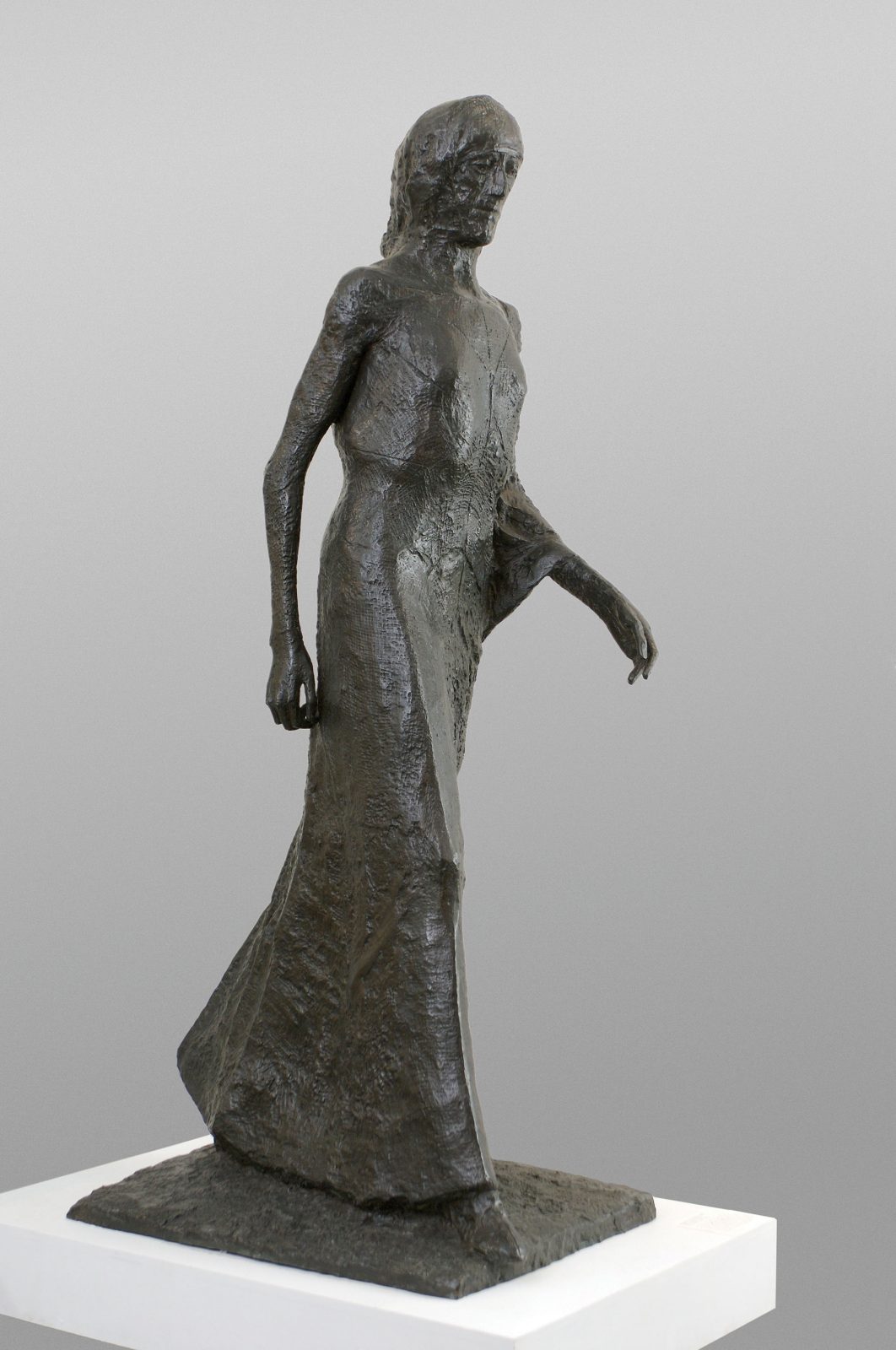Read Chris Ingram’s interview with Kettle’s Yard here:
Chris Ingram is the owner of The Ingram Collection of Modern British and Contemporary Art
The Ingram Collection of Modern British and Contemporary Art is one of this country’s foremost and most significant collections of Modern British Art. It contains almost 600 paintings and sculptures of which 450 are by the most important artists of the Modern British era, amongst these Elisabeth Frink, Barbara Hepworth and Eduardo Paolozzi. It has been put together since 2002 by media entrepreneur and philanthropist Chris Ingram. A new and growing element to The Collection is Chris’ interest in contemporary art and emerging artists.
You started collecting Modern British Art in 2002. Why did you choose this particular field?
I discovered Modern British Art quite late in the day. I was just starting to attend auction house viewings and soon realised I really liked Modern British. It was undervalued and I found out that I would be able to build a very good collection. It was also fortuitous timing because I had just sold my business for a good price so I was able to make the idea happen. I got on with it!
Has your taste changed over time?
My taste is still heavily figurative but I would agree that it has shifted slightly – only at the edges. The core work hasn’t changed. I’m moving away from the ‘comfortable’ to the edgy – some would say dark – but the major point with everything I buy is that I have to be able to look at it again and again. It has to have something that keeps drawing me in. A more significant shift for me is that I’m getting more interested in contemporary art, particularly in young talent and what they are doing. Also the way that outsiders and disadvantaged groups paint and draw.
What purchases really stick out in your mind as wonderful/exciting additions to The Collection?
I’ll certainly never forget buying Dame Elisabeth Frink’s ‘Walking Madonna’ – because it was a pursuit! I fell in love with her at Salisbury Cathedral and desperately wanted her. However, there are only 3 casts, one of which is in the Cathedral. When one came up at auction I went crazy on the bidding and ended up going way over my limit – £100,000 over! And I still didn’t get it! At that point I was the world record underbidder for a Modern British piece (scant comfort!). My lesson was that I couldn’t control myself at auction and since then my curator has always bid on my behalf. The ‘Walking Madonna’ was very much a pursuit of a woman and when I bought the 3rd cast it was an unforgettable moment for me.
Have you made any mistakes in your collecting life?
The Telegraph did a profile on me in which it listed the world record prices I had paid for artists such as Keith Vaughan and John Craxton. So maybe some might say I had overpaid but they seemed like modest prices at the time. I tend to decide pretty quickly if I like something or not; there are only 2 or 3 things I regret buying which I realise now I bought in too much of a rush. But in a collection of 600 pieces that’s not too bad!
Do you think its a certain type of Englishman who collects Modern British?
Yes I do. I think you certainly have to be independently minded. Modern British is a bit quirky, and it can be dark and edgy – you’ve got to like that. Sometimes I’ve bought some contemporary pieces that amuse me just to jolly things up! The great thing about Modern British is that there are still so many great artists to discover.
Were you aware of Jim Ede and his collection?
I find it fascinating what Jim Ede achieved. He was certainly ahead of his time. Before I began collecting in 2002 I was only vaguely aware of him. Of course since then – being a bit of an obsessive- I have read around the period a lot and keep coming across Jim Ede.
Do you think collectors are important for our cultural life/heritage?
Absolutely. On a basic level collectors who support artists enable to them to make a living from art. It’s there throughout history – collectors as patrons and benefactors. Beyond that, I’m a collector who wants to share the enjoyment of these works with as many people as possible. I mean, whose cultural life is it? If collectors lock their collections away people can’t get pleasure from them. I realize a lot of collectors don’t think this way though so I am unusual in that respect.
What are your hopes for The Ingram Collection of Modern British and Contemporary Art?
The major principle is for as many people to enjoy it as possible. This is through touring exhibitions and getting the collection into places where it will have a broader and wider appreciation. London would certainly be on that list. I also want to use the reputation of the collection to build up and help young contemporary talent. So watch this space!
Do you have any advice for other collectors?
The golden rule is only buy what you like and enjoy. Regardless of what people tell you and what’s fashionable. Always start with what you like. As in any walk of life you need to study and learn – practice makes perfect! So build up a bit of expertise. Of course you can have an eclectic collection, but if you focus in you become more of an expert, you learn the ins and outs more. It really becomes a collection then.

